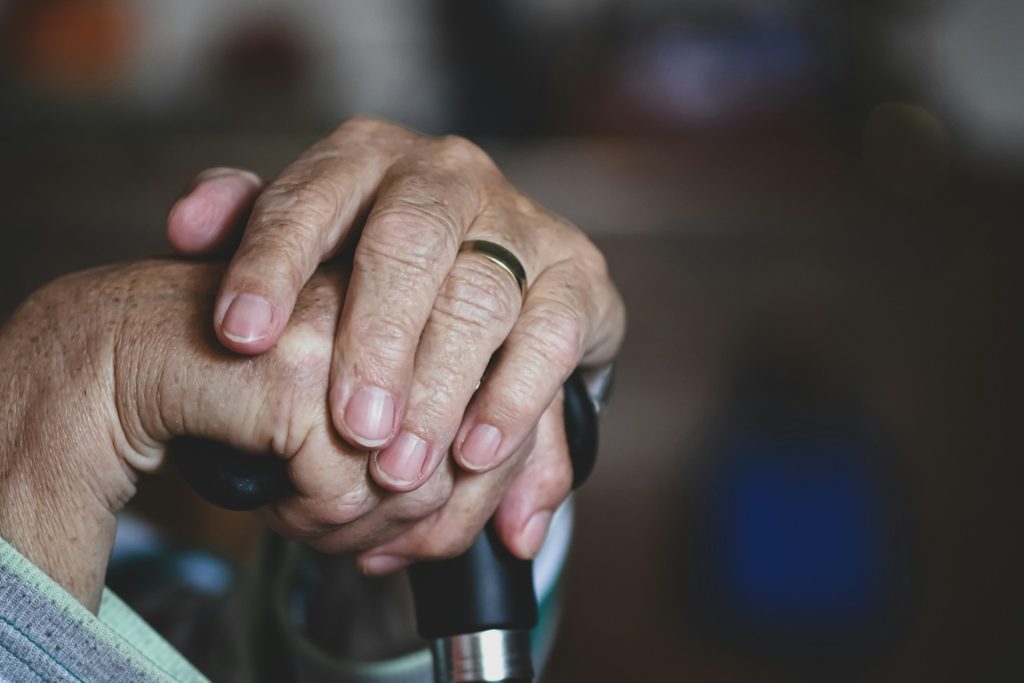When progress during physical therapy starts to slow down, it can feel a little frustrating, especially after putting in weeks or even months of effort. For seniors who have been working hard to regain strength, improve balance, or increase flexibility, a plateau might seem like a setback. But it’s actually a common part of the recovery path. Every person heals at their own pace, and the body often needs time to adjust before it takes the next step forward.
Recognizing that slower progress is normal is the first step toward staying motivated. Around late spring in Arizona, when the heat starts creeping up and outdoor routines shift, it’s easy to notice changes in energy or resistance. Instead of feeling discouraged, it’s helpful to see this period as a chance to make small shifts in your plan. Whether it means evaluating new goals, exploring fresh exercises, or checking in with a therapist, there are practical ways to restart momentum.
Identifying Signs of Slowed Progress
Knowing when your recovery may be stalling is valuable because it gives you a chance to change pace before frustration builds. Some signs can be subtle, while others are easier to spot. It helps to know what to look for and how to respond early.
Here are a few common indicators that your post-therapy progress might be slowing:
– The exercises that used to feel challenging now feel too easy, and improvements have leveled off
– You’re not seeing any changes in mobility, range of motion, or strength for several sessions
– Motivation is low, and therapy sessions feel more like routine than part of a plan
– Fatigue increases or it takes longer to recover from basic activities
These signs aren’t a cause for alarm. They’re signals that it might be time to recheck your plan and see how it fits your current needs. Recovery for seniors is never one-size-fits-all. That’s why regular assessments are so helpful. They give a clearer picture of how far you’ve come and where things might need an update. It’s also key to keep the goals realistic. If the original goals no longer match how you’re feeling or functioning, it’s okay to adjust them.
Sometimes all it takes is a new target—something just a little different from before—to bring the momentum back. Whether it’s walking five more minutes each day or trying a movement that adds a bit of balance work, those changes can wake the body back up and keep therapy from going stale.
Strategies to Overcome Slowed Progress
If your progress has hit a slow patch, there are a few good ways to bring back that forward motion. Even small changes can lead to big improvements over time. The key is to refresh your plan so it works with where your body is now.
1. Adjust Your Therapy Plan
Sometimes the plan that worked in the beginning just needs a little tweaking. This could mean shifting how often you have sessions or swapping out a few exercises to better match your energy and comfort level. It might also help to focus on different areas of function if one part feels stuck.
2. Try New Exercises
Introducing new moves can wake up muscles that haven’t been used much. That change in input makes your body work a bit differently, which can lead to gains. Examples could include using resistance bands instead of weights or switching from seated movements to supported standing work. These help keep therapy interesting and your body responsive.
3. Keep Your Motivation Up
When progress slows, it’s easy to feel discouraged. Staying connected with friends or a support group can lift your mood and motivation. Consider something simple like having a walking buddy or checking in with someone else on a similar recovery path. Even just talking to a neighbor about your goals can make a difference.
Progress isn’t always a straight line. But with small changes and the right mindset, it’s very possible to regain traction and keep your recovery going strong. Sometimes, all it takes is curiosity to see what else you can try next.
Engaging Professional Support
Sometimes progress doesn’t pick back up with a few simple changes, and that’s okay. It might be a sign that a little extra help is needed. A fresh set of eyes can bring new insights to your recovery, especially if it feels like your current path isn’t working anymore.
Here are a few situations where seeking a new therapist or specialist could help:
– You’re consistently not making improvement, even after adjustments
– Communication with your current therapist is strained or unclear
– You’ve outgrown the skillset of your current provider and need more age-specific or condition-specific support
Programs made specifically for seniors make a real difference. They tend to focus on functional movement, fall prevention, and safer ways to stay active long-term. Therapists and coaches who work closely with older adults better understand how to handle the pacing and variety needed to stay motivated and safe through rehabilitation.
Also, don’t overlook the impact caregivers and loved ones can have. A strong support system keeps recovery from feeling too isolated. Whether it’s helping you stick to your schedule or just cheering you on, their involvement gives you accountability and comfort. If you have someone who can assist during home exercises, that kind of encouragement can lift your energy on slower days.
Incorporating Functional Activities
Not everything has to take place inside a therapy clinic. Everyday activities give you real ways to put your recovery into motion. From preparing meals to walking the dog or gardening in the backyard, many of your daily steps can be shaped into gentle forms of therapy.
In Phoenix, springtime is still workable outdoors, especially early mornings or shaded areas. This opens up some solid opportunities to move more, even if it’s just a few extra steps at the park.
Think about:
– Carrying lightweight groceries to work on grip and arm strength
– Walking to check the mail instead of waiting for someone else to bring it
– Standing on one leg at the kitchen counter while brushing your teeth to challenge balance
– Getting involved in a local community gardening group or senior yoga program
Scottsdale and Phoenix both offer seasonal wellness classes, walking groups, and low-impact options for seniors around this time of year. It’s worth looking into nearby locations that offer these classes in air-conditioned environments as temperatures outside rise.
Doing things naturally within your routine means progress can happen without it feeling like extra work. And smaller goals tied to everyday functions grow confidence too.
Keeping Track of Progress
When progress slows, it’s easy to forget just how far you’ve come. Keeping a log or simple journal of your therapy activities, mood, energy levels, and weekly gains gives you a clear picture of what’s working and what might need adjusting.
You don’t need anything fancy—just a notebook or a printed calendar can do the trick. Write down:
– What exercises you did
– How long you did them
– How you felt afterward
– Any small wins, like better mobility or pain relief
Regular check-ins with your therapist allow both of you to review the notes together and make smarter updates to your plan. They can catch patterns that you may not notice, like always feeling tired after a certain movement or consistently skipping a particular stretch. That feedback helps the plan evolve in a way that better supports your goals.
These logs are also reminders of your strength. On days that feel tougher, flipping back to week one and seeing how much has changed could be just what you need to keep going.
Empowering Your Recovery Journey
When progress slows after therapy, it doesn’t mean the journey has stalled. It just calls for a different approach. Everyone heals a bit differently, and sometimes your body asks for a new rhythm. Whether that comes from changing exercises, leaning into daily movements, or seeking fresh support, it’s all about staying connected to your recovery goals.
The most important thing is to stay involved. Therapy shouldn’t feel like something being done to you. It’s something you’re actively a part of. Checking in with yourself, adjusting the plan as needed, and celebrating small wins every week makes recovery feel less like a task and more like your own personal progress map. Stay curious, stay open to change, and keep moving forward.
If you’re looking to move past a therapy plateau and regain momentum in your recovery, explore how physical therapy for seniors at Eightlimfit can support your goals with personalized care and approachable guidance every step of the way.

